Home>Gardening & Outdoor>Landscaping Ideas>How To Make My Grass Grow
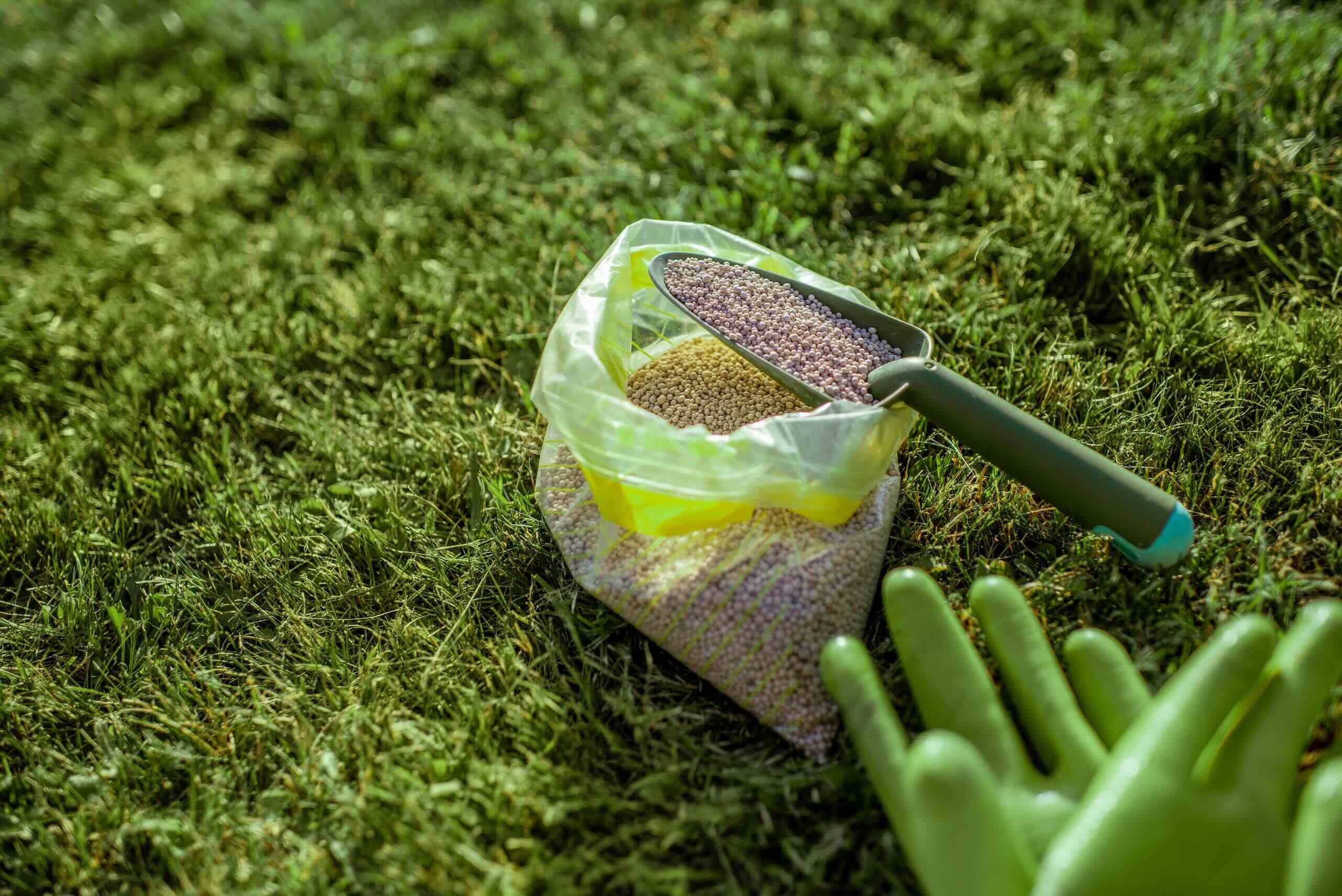

Landscaping Ideas
How To Make My Grass Grow
Modified: March 2, 2024
Learn effective landscaping ideas to make your grass grow lush and green. Discover expert tips and techniques for a beautiful lawn. Start transforming your outdoor space today!
(Many of the links in this article redirect to a specific reviewed product. Your purchase of these products through affiliate links helps to generate commission for Storables.com, at no extra cost. Learn more)
Introduction
Welcome to the wonderful world of landscaping! Whether you’re a seasoned gardener or a newcomer to the green scene, the desire for a lush, vibrant lawn is a universal dream. A well-maintained lawn not only enhances the beauty of your property but also provides a welcoming space for relaxation and recreation. However, achieving that picture-perfect lawn requires more than just luck and wishful thinking. It demands a combination of knowledge, effort, and the right techniques.
In this comprehensive guide, we will explore the essential steps to help your grass thrive and flourish. From understanding your soil to mastering proper watering techniques, fertilizing, and maintenance, we’ll cover everything you need to know to transform your lawn into a verdant paradise. So, roll up your sleeves, grab your gardening gloves, and let’s dive into the art and science of nurturing a healthy, vibrant lawn.
Key Takeaways:
- Understanding your soil’s unique characteristics and tailoring your lawn care practices to its specific needs lays the groundwork for successful grass growth and vitality. Selecting the right grass seed based on climate, soil type, and sun exposure ensures that your lawn is well-suited to thrive in its environment, providing lush coverage and resilience.
- Mastering proper watering techniques fosters deep root growth and drought tolerance, promoting the long-term health of your grass. Fertilizing your lawn with precision and timing provides essential nutrients that sustain vigorous growth, vibrant color, and overall resilience.
Read more: How To Grow Grass In My Yard
Understanding Your Soil
Before embarking on your journey to a luscious lawn, it’s crucial to understand the foundation of healthy grass growth: the soil. Soil composition varies widely from one location to another, impacting the types of grasses that will thrive and the care they require. Conducting a soil test is the first step in gaining insight into your soil’s characteristics, including its pH level, nutrient content, and texture.
Soil pH plays a pivotal role in grass growth, as it influences nutrient availability. Most grasses prefer a slightly acidic soil with a pH ranging between 6 and 7. If your soil’s pH deviates from this range, amendments may be necessary to create an optimal environment for grass growth. Additionally, understanding your soil’s texture—whether it’s sandy, loamy, or clay-heavy—will guide your watering and fertilization practices.
Once you’ve assessed your soil’s composition, you can select grass varieties that are well-suited to its specific characteristics. For instance, if your soil is sandy and drains quickly, drought-tolerant grasses like Bermuda or Buffalo grass may be ideal. Conversely, if you have clay-rich soil that retains moisture, fescue or ryegrass could thrive in this environment.
Furthermore, understanding your soil’s nutrient content is crucial for determining the appropriate fertilization regimen. A soil test will reveal the levels of essential nutrients such as nitrogen, phosphorus, and potassium, allowing you to tailor your fertilization approach to address any deficiencies.
By taking the time to comprehend your soil’s unique properties, you can make informed decisions regarding grass selection, fertilization, and maintenance practices, setting the stage for a resilient and vibrant lawn that will be the envy of the neighborhood.
Choosing the Right Grass Seed
When it comes to achieving a thriving lawn, choosing the right grass seed is paramount. The ideal grass variety for your lawn depends on factors such as climate, soil type, sun exposure, and anticipated foot traffic. Understanding these considerations will enable you to select a grass seed that is well-suited to your lawn’s unique requirements, setting the stage for successful establishment and long-term vitality.
Climate plays a pivotal role in determining the most suitable grass species for your lawn. Cool-season grasses, including Kentucky bluegrass and fescue, thrive in regions with cold winters and moderate summers. On the other hand, warm-season grasses like Bermuda grass and Zoysia are better suited to areas with hot, humid summers and mild winters. By choosing a grass variety that aligns with your local climate, you can ensure optimal growth and resilience throughout the year.
Another crucial factor to consider is your lawn’s sun exposure. Some grass species, such as St. Augustine grass, require ample sunlight to flourish, while others, like fine fescue, are more tolerant of shaded conditions. Assessing the amount of sunlight your lawn receives will guide your selection of grass seed, promoting healthy growth and lush coverage in all areas of your lawn.
Additionally, understanding your soil type is essential for choosing the right grass seed. Sandy soils benefit from grasses with drought tolerance, while clay-rich soils may require grass varieties that are more resilient to compaction. By matching the grass seed to your soil type, you can optimize the lawn’s overall health and vitality.
Lastly, considering the anticipated foot traffic on your lawn is crucial for selecting a grass variety that can withstand wear and tear. For high-traffic areas, durable grasses such as tall fescue or perennial ryegrass are excellent choices, as they possess the resilience needed to thrive in frequently traversed areas.
By carefully evaluating your lawn’s unique characteristics, including climate, soil type, sun exposure, and foot traffic, you can make an informed decision when selecting the right grass seed. This thoughtful approach sets the stage for a resilient, visually stunning lawn that will be the pride of your property.
Proper Watering Techniques
Watering is a fundamental aspect of lawn care, playing a pivotal role in the health and vitality of your grass. Proper watering techniques are essential for promoting deep root growth, resilience to drought, and overall lushness. Understanding the optimal watering practices will help you maintain a vibrant and resilient lawn while conserving water and minimizing the risk of issues such as overwatering or shallow root development.
One of the key principles of effective watering is to encourage deep root growth. Rather than frequent, shallow watering, which can lead to shallow root systems, it’s best to water your lawn less frequently but deeply. This encourages the grass roots to extend deeper into the soil in search of moisture, resulting in a more resilient and drought-tolerant lawn.
Timing is also crucial when it comes to watering your lawn. Early morning, typically before 10 a.m., is the optimal time to water the grass. This allows the moisture to penetrate the soil and be absorbed by the grass before the heat of the day sets in, minimizing water loss due to evaporation. Watering in the evening should be avoided, as prolonged moisture on the grass blades overnight can increase the risk of fungal diseases.
When determining the ideal amount of water for your lawn, the general rule of thumb is to provide around 1 inch of water per week, including rainfall. However, this can vary based on factors such as soil type, grass species, and local climate. To gauge the amount of water your lawn receives, place empty tuna cans or rain gauges in different areas of the lawn during watering sessions to measure the depth of the collected water.
Utilizing sprinklers or irrigation systems with adjustable settings can help ensure even water distribution across the entire lawn, preventing overwatering in some areas and underwatering in others. Additionally, incorporating moisture-retentive organic matter into the soil, such as compost, can enhance water retention and reduce the frequency of watering.
By implementing proper watering techniques, you can foster healthy root development, minimize water waste, and promote a vibrant, resilient lawn that thrives throughout the seasons.
Water your grass deeply and infrequently, allowing the soil to dry out between waterings. This will encourage deep root growth and make your grass more drought-resistant.
Fertilizing Your Lawn
Fertilizing is a vital component of lawn care, providing essential nutrients that promote healthy growth, vibrant color, and overall resilience in the face of environmental stressors. Understanding the key principles of fertilization, including the types of fertilizers, application timing, and proper techniques, will enable you to nourish your lawn effectively, fostering lush, vigorous grass that enhances the beauty of your outdoor space.
When it comes to fertilizers, there are various options to consider, including granular and liquid formulations. Granular fertilizers are well-suited for general applications, as they release nutrients gradually over time, providing long-lasting nourishment for the grass. Liquid fertilizers, on the other hand, offer a quick nutrient boost and are often used for spot treatments or rapid greening. Selecting a fertilizer with a balanced blend of essential nutrients, such as nitrogen, phosphorus, and potassium, is crucial for promoting overall grass health and vitality.
Timing plays a crucial role in fertilizing your lawn. For cool-season grasses, early fall and late spring are ideal times for fertilization, as these periods coincide with peak growth and recovery from summer stress. Warm-season grasses benefit from fertilization during their active growth phase in late spring and early summer. Applying fertilizer during these optimal periods ensures that the grass can efficiently utilize the nutrients for robust growth and resilience.
Proper application techniques are essential for maximizing the effectiveness of fertilizers and minimizing the risk of nutrient runoff. Using a broadcast spreader for granular fertilizers allows for even coverage across the lawn, while applying liquid fertilizers with a sprayer ensures precise distribution. It’s important to follow the manufacturer’s instructions regarding application rates and to water the lawn after fertilization to facilitate nutrient absorption.
Furthermore, incorporating organic fertilizers, such as compost or compost tea, can enrich the soil with beneficial microorganisms and organic matter, enhancing its fertility and structure. Organic fertilizers contribute to the long-term health of the soil and promote a sustainable, environmentally friendly approach to lawn care.
By understanding the principles of fertilization and applying the right nutrients at the optimal times, you can nourish your lawn effectively, promoting vigorous growth, vibrant color, and overall resilience. A well-fertilized lawn not only enhances the aesthetic appeal of your property but also provides a welcoming outdoor space for relaxation and recreation.
Read more: How To Help My Grass Grow
Controlling Weeds and Pests
Weeds and pests can pose significant challenges to maintaining a healthy and visually appealing lawn. Left unchecked, these intruders can compete with grass for essential resources, compromise the lawn’s aesthetic appeal, and even cause damage to the grass plants. Implementing effective strategies for weed and pest control is essential for preserving the vitality and beauty of your lawn, ensuring that it remains a lush and inviting outdoor space.
Weed control begins with promoting the overall health and density of the grass, as a thick, vigorous lawn can naturally suppress weed growth. Regular mowing at the appropriate height for your grass species, combined with proper watering and fertilization, encourages strong grass growth, making it more challenging for weeds to establish themselves. Additionally, overseeding thin or bare areas of the lawn can help fill in gaps and reduce opportunities for weed invasion.
When weeds do appear, targeted removal or spot treatments with herbicides can be effective in addressing specific trouble spots. Selective herbicides are available for controlling broadleaf weeds without harming the grass, while pre-emergent herbicides can prevent weed seeds from germinating, providing long-term control when applied at the right time of year.
Pest control is another critical aspect of lawn maintenance, as certain insects can cause significant damage to grass plants. Regularly inspecting the lawn for signs of pest activity, such as discolored patches or thinning areas, allows for early intervention to prevent widespread damage. Beneficial insects, such as ladybugs and predatory nematodes, can aid in controlling harmful pests naturally, reducing the need for chemical interventions.
When chemical control is necessary, using targeted insecticides that specifically address the identified pest issue minimizes the impact on beneficial insects and the overall ecosystem. Integrated pest management (IPM) practices, which emphasize a combination of cultural, biological, and chemical control methods, offer a holistic approach to managing pests while minimizing environmental impact.
Furthermore, maintaining a well-balanced ecosystem in the lawn, including promoting biodiversity and providing habitat for beneficial organisms, can contribute to natural pest control and reduce the reliance on chemical interventions.
By implementing proactive strategies for weed and pest control, you can preserve the health and beauty of your lawn, creating a vibrant outdoor space that is free from invasive weeds and damaging pests. A well-maintained lawn not only enhances the visual appeal of your property but also provides a welcoming environment for outdoor activities and relaxation.
Mowing and Maintenance Tips
Mowing is a fundamental aspect of lawn maintenance, playing a crucial role in shaping the overall health and appearance of your grass. Proper mowing practices not only contribute to a well-groomed and aesthetically pleasing lawn but also support the grass’s resilience, density, and overall vitality. Understanding the key principles of mowing, including mowing height, frequency, and blade maintenance, will enable you to cultivate a lush, vibrant lawn that serves as a welcoming outdoor oasis.
One of the essential considerations in mowing is setting the correct mowing height for your specific grass species. Each grass variety has an optimal mowing height that promotes healthy growth and resilience. For cool-season grasses such as Kentucky bluegrass and fescue, maintaining a mowing height of 2.5 to 3.5 inches is generally recommended, while warm-season grasses like Bermuda grass and Zoysia thrive at lower heights, typically between 1 to 2 inches. Adhering to the appropriate mowing height for your grass type ensures that the plants can photosynthesize efficiently and develop strong root systems.
Additionally, adhering to the one-third rule—never removing more than one-third of the grass blade’s height in a single mowing session—helps prevent stress on the grass and promotes a healthy, well-manicured appearance. Frequent mowing during periods of rapid growth, such as spring and early summer, allows for the gradual removal of excess foliage while minimizing shock to the grass plants.
Regular blade maintenance is also crucial for achieving clean, precise cuts that promote grass health. Keeping the mower blades sharp ensures that the grass is cleanly cut, reducing the risk of frayed or torn grass blades that are more susceptible to stress and disease. Dull blades can tear the grass, creating a jagged edge that invites pathogens and diminishes the grass’s overall vigor.
Furthermore, incorporating grass clippings back into the lawn, known as grasscycling, can provide valuable nutrients and organic matter to the soil, promoting healthy growth and reducing the need for additional fertilization. Grasscycling also reduces the volume of yard waste and supports sustainable lawn care practices.
Aside from mowing, regular maintenance tasks such as aerating the soil, dethatching, and overseeding can contribute to the overall health and resilience of your lawn. Aerating the soil alleviates compaction and enhances root growth, while dethatching removes excess organic debris that can impede water and nutrient uptake. Overseeding thin or bare areas of the lawn promotes density and minimizes opportunities for weed invasion.
By implementing proper mowing techniques and embracing regular maintenance practices, you can cultivate a vibrant, resilient lawn that enhances the beauty of your outdoor space. A well-maintained lawn not only provides a visually appealing backdrop for outdoor activities but also serves as a welcoming sanctuary for relaxation and enjoyment.
Conclusion
Congratulations on embarking on the journey to cultivate a healthy, vibrant lawn that serves as a cornerstone of natural beauty and outdoor enjoyment. Nurturing a lush and resilient lawn involves a harmonious blend of art and science, encompassing an understanding of soil composition, thoughtful grass selection, proper watering, fertilization, weed and pest control, and meticulous maintenance. By embracing these essential elements, you can transform your lawn into a verdant oasis that enriches your outdoor living space and captivates the admiration of all who behold it.
Understanding your soil’s unique characteristics and tailoring your lawn care practices to its specific needs lays the groundwork for successful grass growth and vitality. Selecting the right grass seed based on climate, soil type, and sun exposure ensures that your lawn is well-suited to thrive in its environment, providing lush coverage and resilience. Mastering proper watering techniques fosters deep root growth and drought tolerance, promoting the long-term health of your grass.
Fertilizing your lawn with precision and timing provides essential nutrients that sustain vigorous growth, vibrant color, and overall resilience. Effective weed and pest control strategies safeguard the health and beauty of your lawn, ensuring that invasive intruders do not compromise its lushness and appeal. Embracing proper mowing techniques and regular maintenance practices contributes to the overall health and aesthetics of your lawn, creating a welcoming outdoor sanctuary for relaxation and recreation.
As you embark on this journey, remember that the care and attention you invest in your lawn will be rewarded with a captivating and inviting outdoor space that enriches your daily life. Whether it’s the joy of walking barefoot on a carpet of lush grass, hosting gatherings in a picturesque setting, or simply finding solace in the natural beauty of your surroundings, a well-maintained lawn offers a myriad of delights for you and your loved ones to savor.
So, as you tend to your lawn, let your passion for nurturing nature’s green canvas shine through. Embrace the art of landscaping with a spirit of creativity and dedication, and revel in the transformation of your outdoor space into a vibrant haven of natural splendor. Your efforts will not only yield a breathtaking lawn but also inspire others to embark on their own journey of cultivating beauty and vitality in the great outdoors.
Frequently Asked Questions about How To Make My Grass Grow
Was this page helpful?
At Storables.com, we guarantee accurate and reliable information. Our content, validated by Expert Board Contributors, is crafted following stringent Editorial Policies. We're committed to providing you with well-researched, expert-backed insights for all your informational needs.
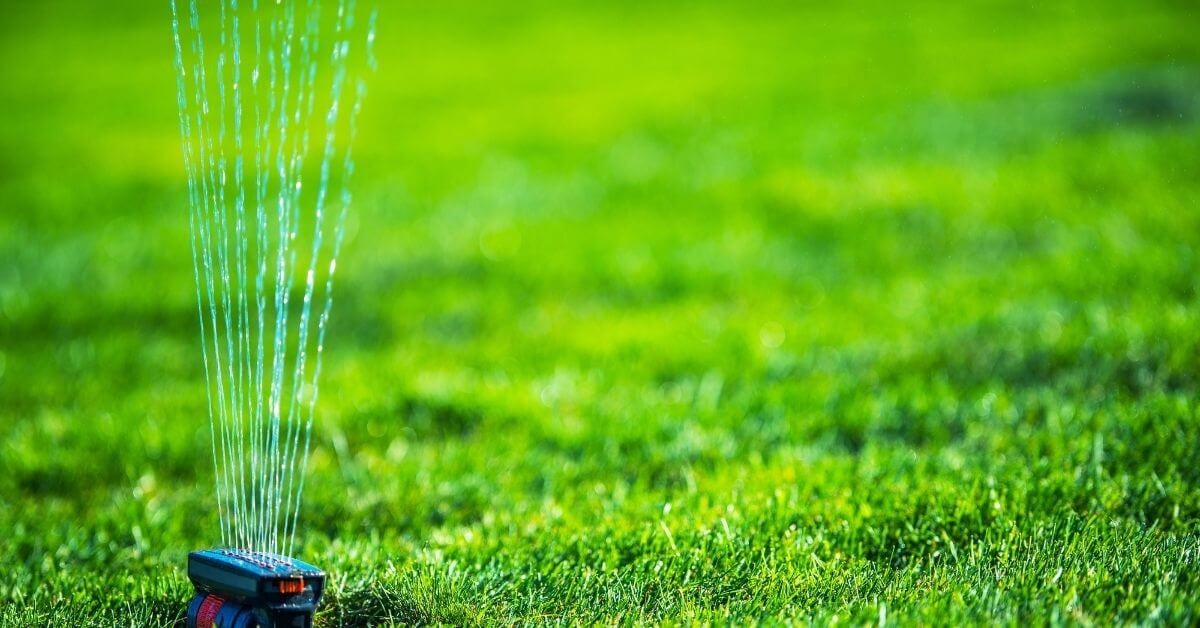
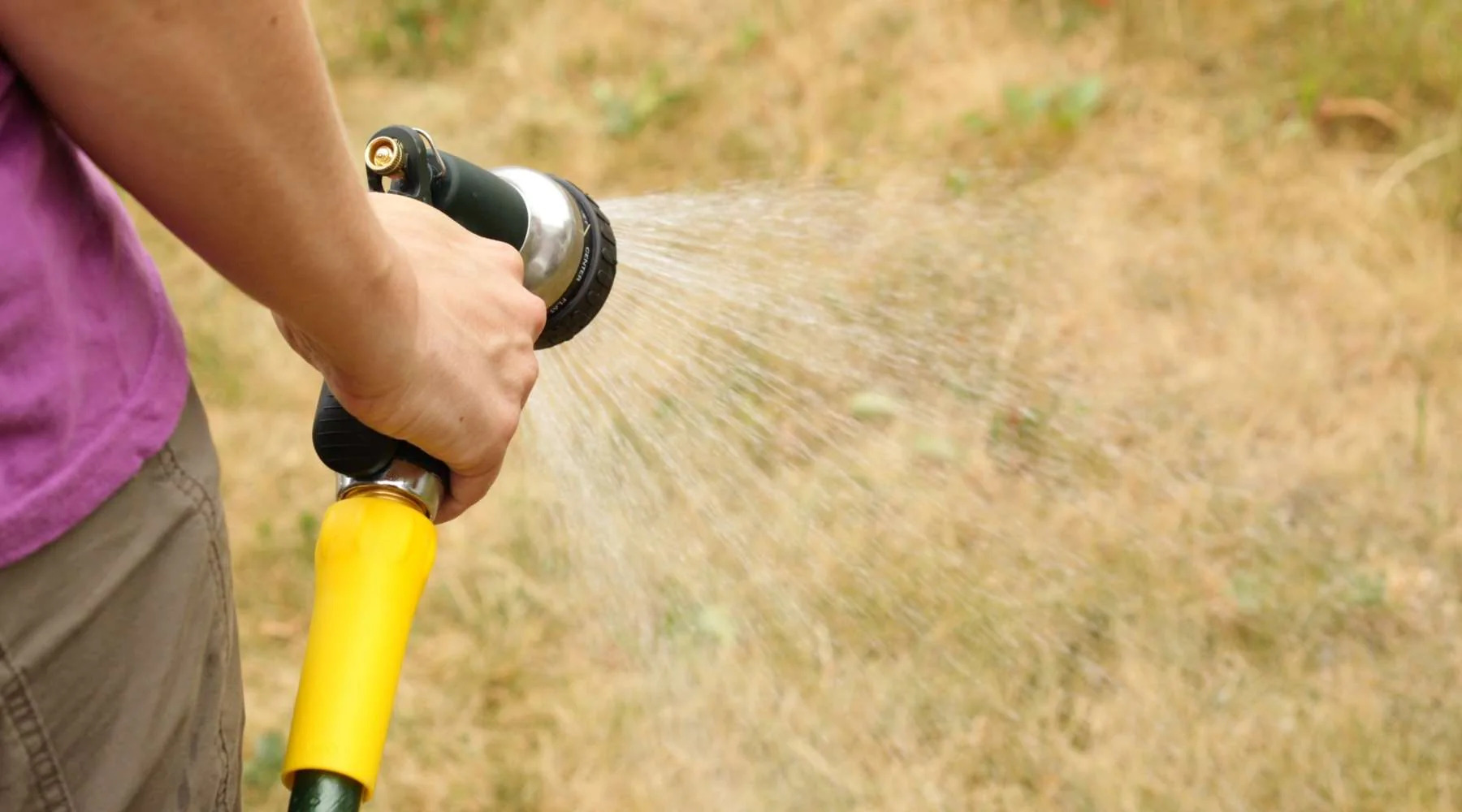
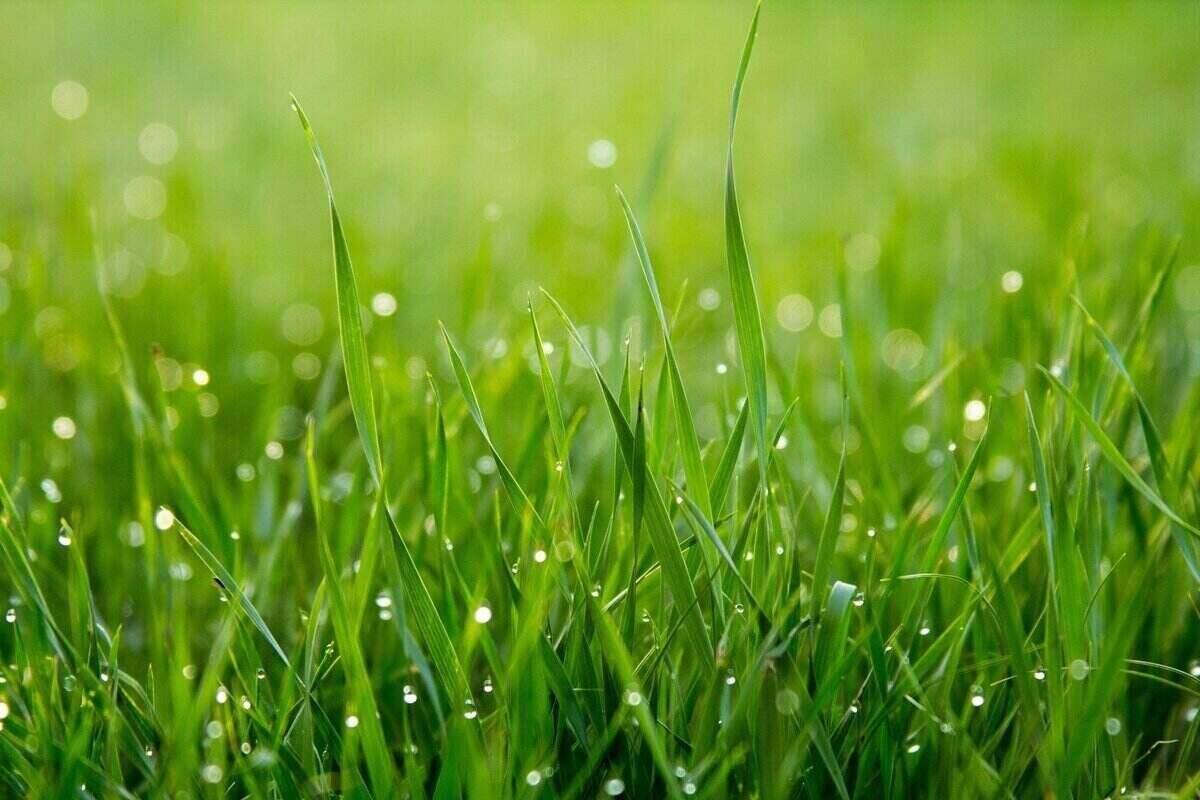
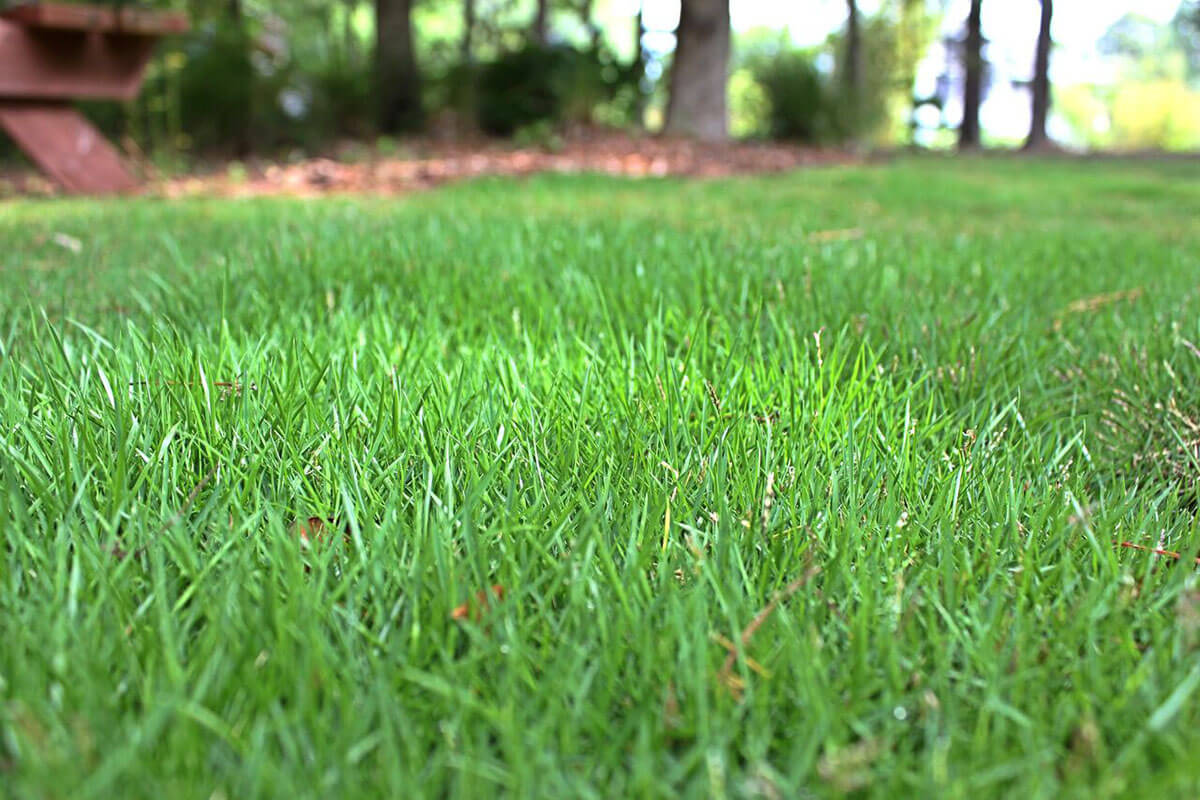
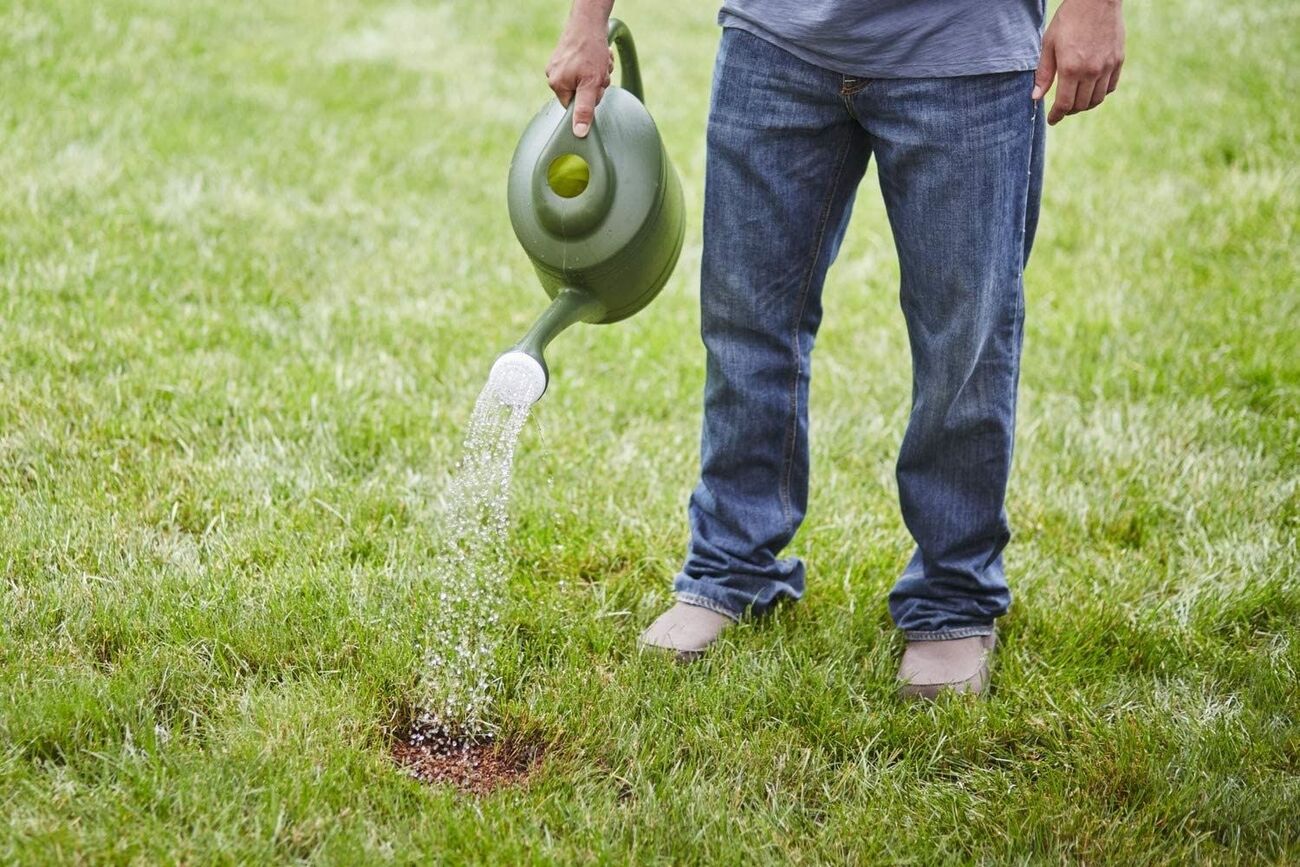
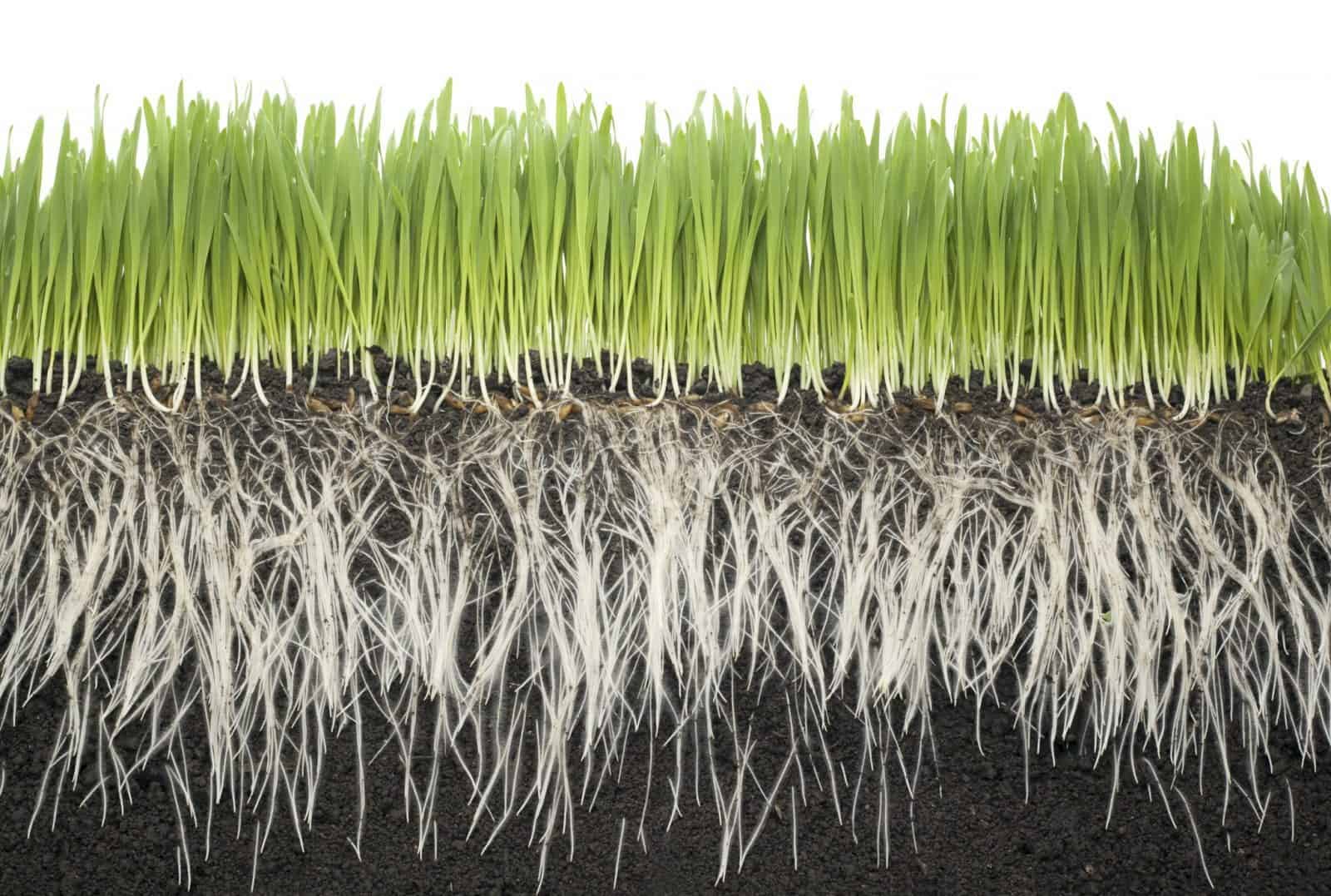
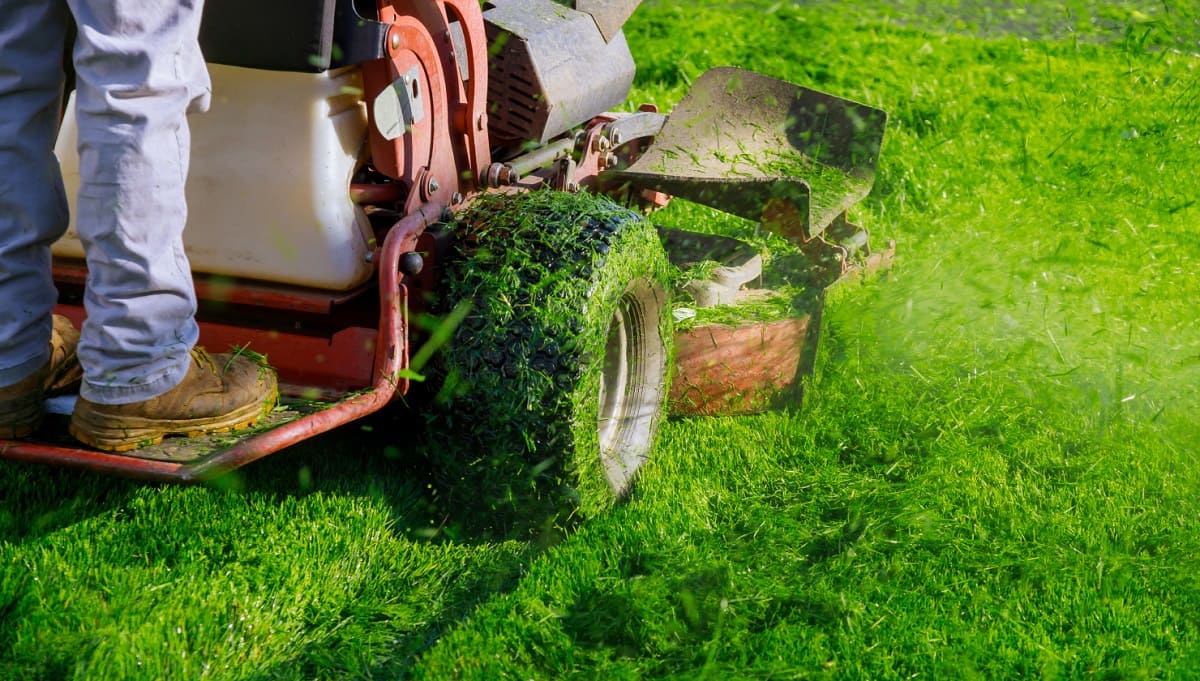
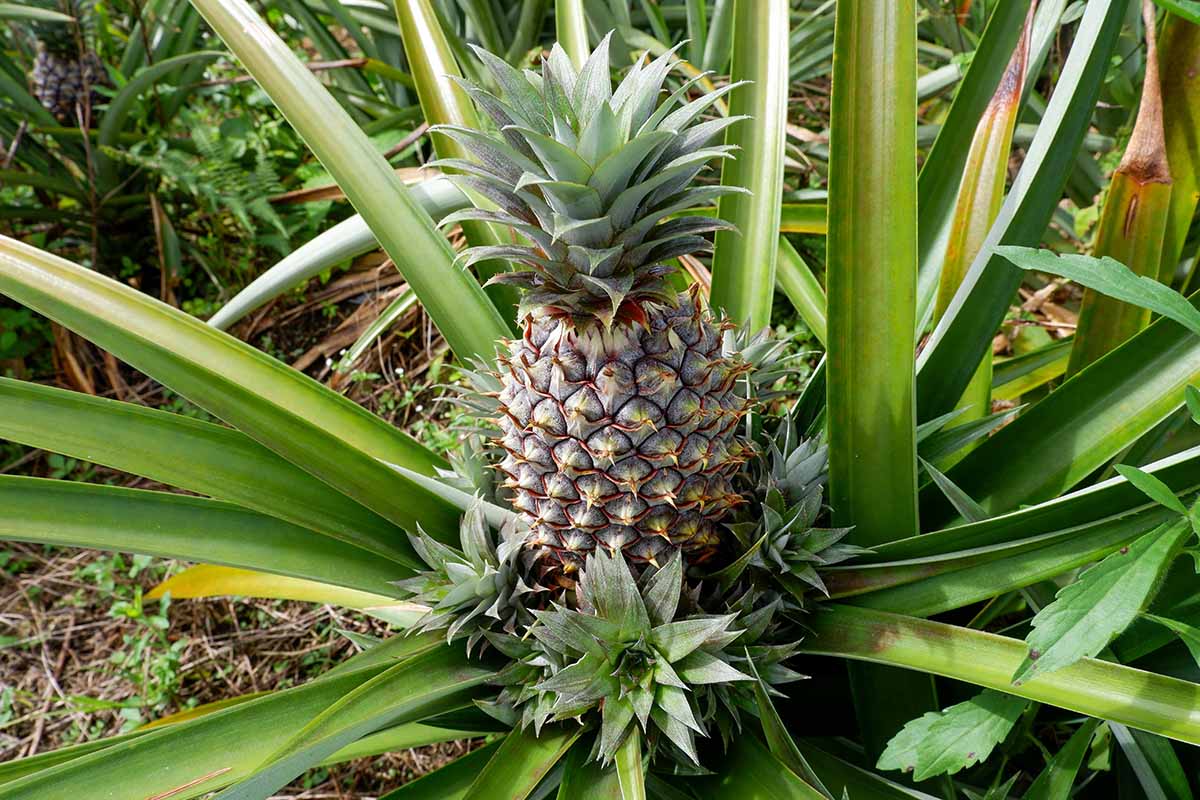


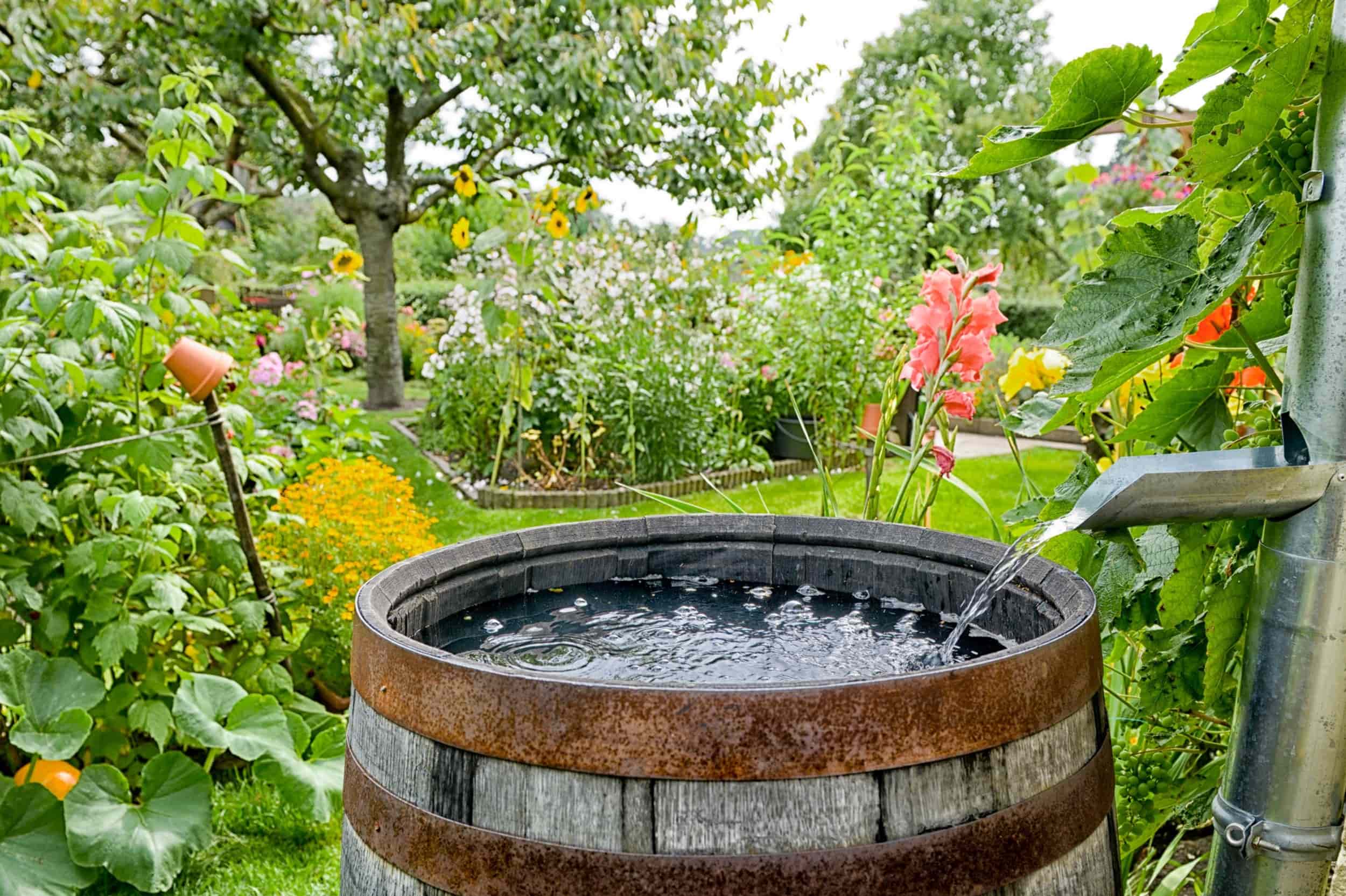
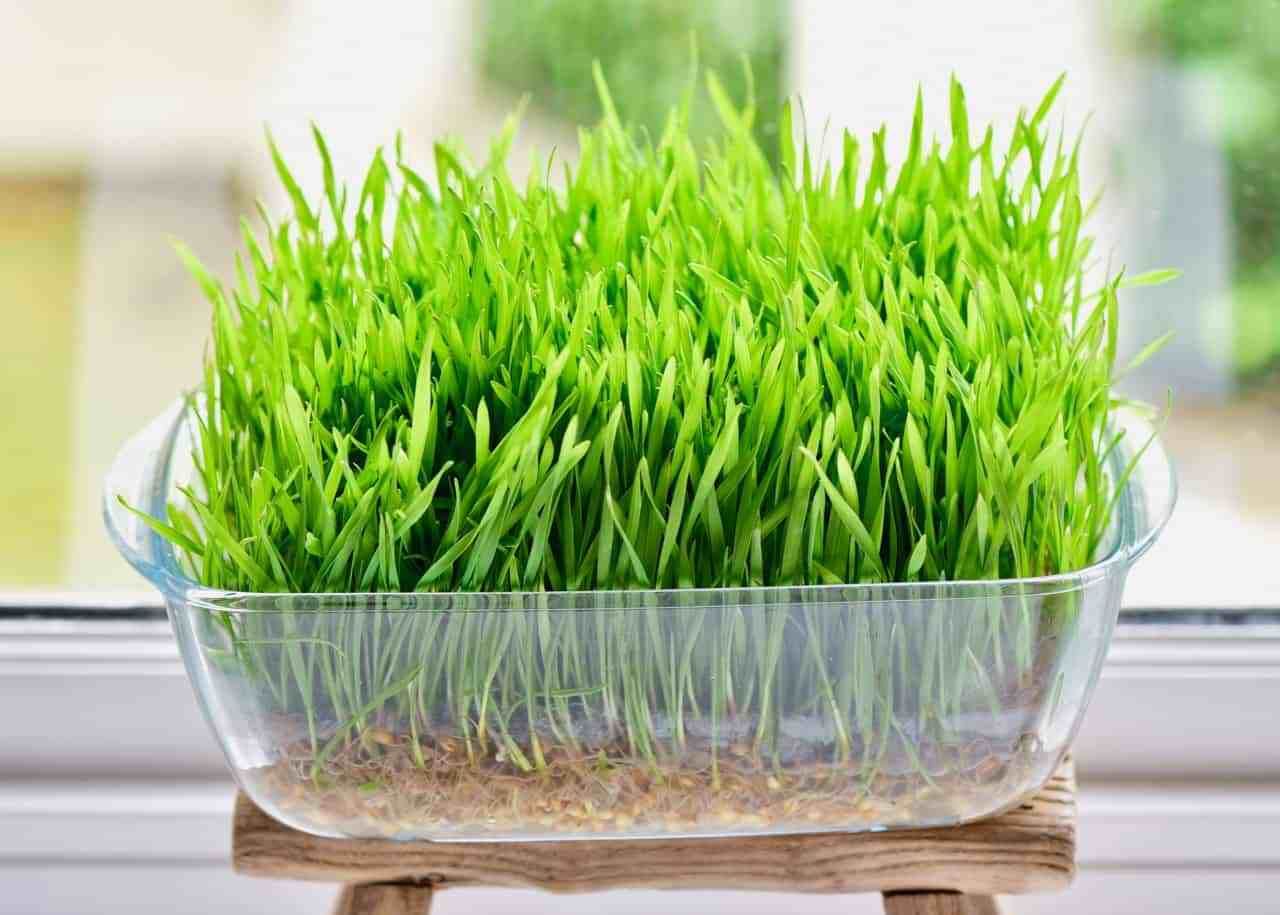

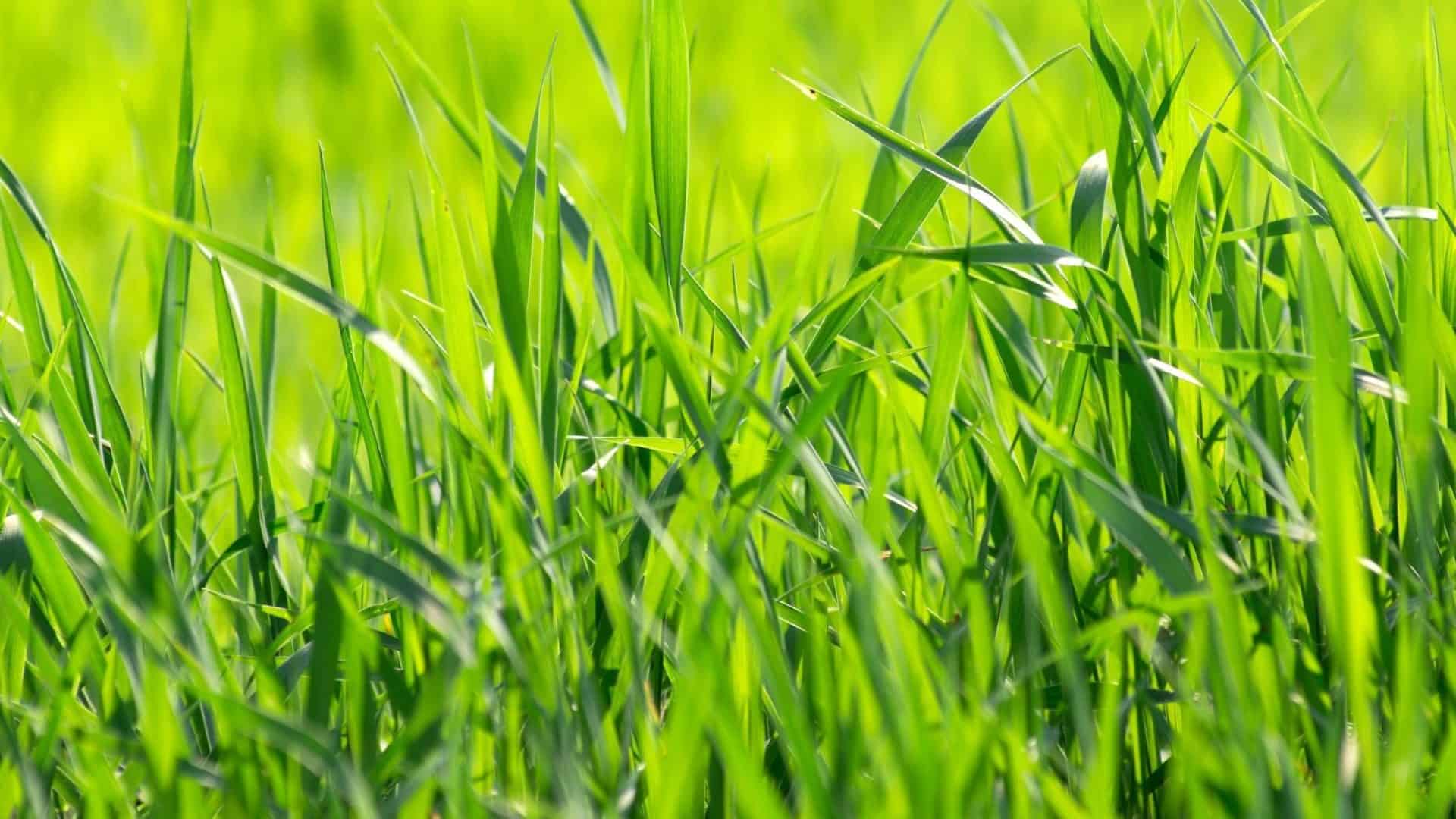

0 thoughts on “How To Make My Grass Grow”